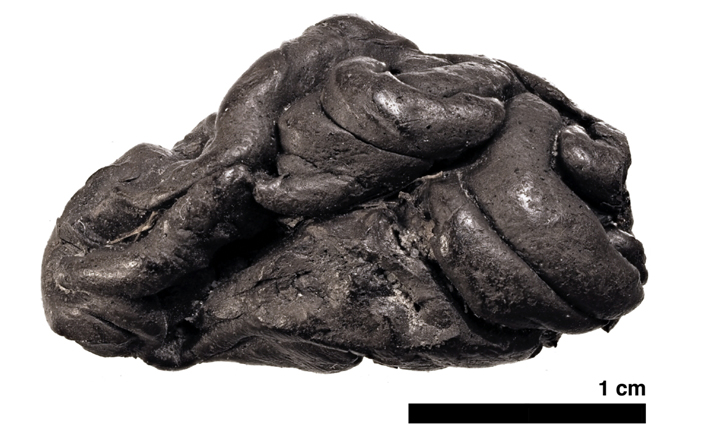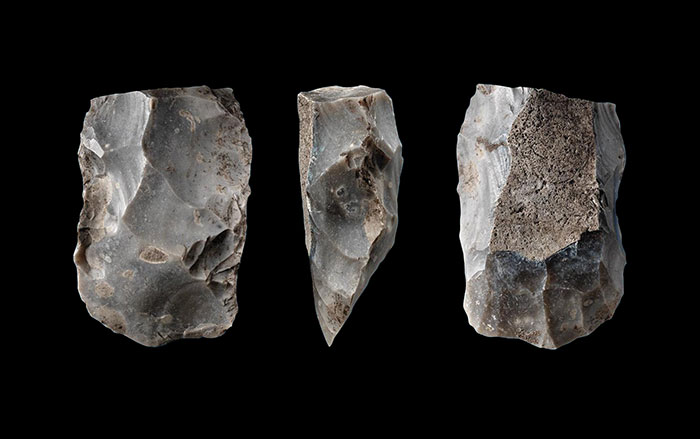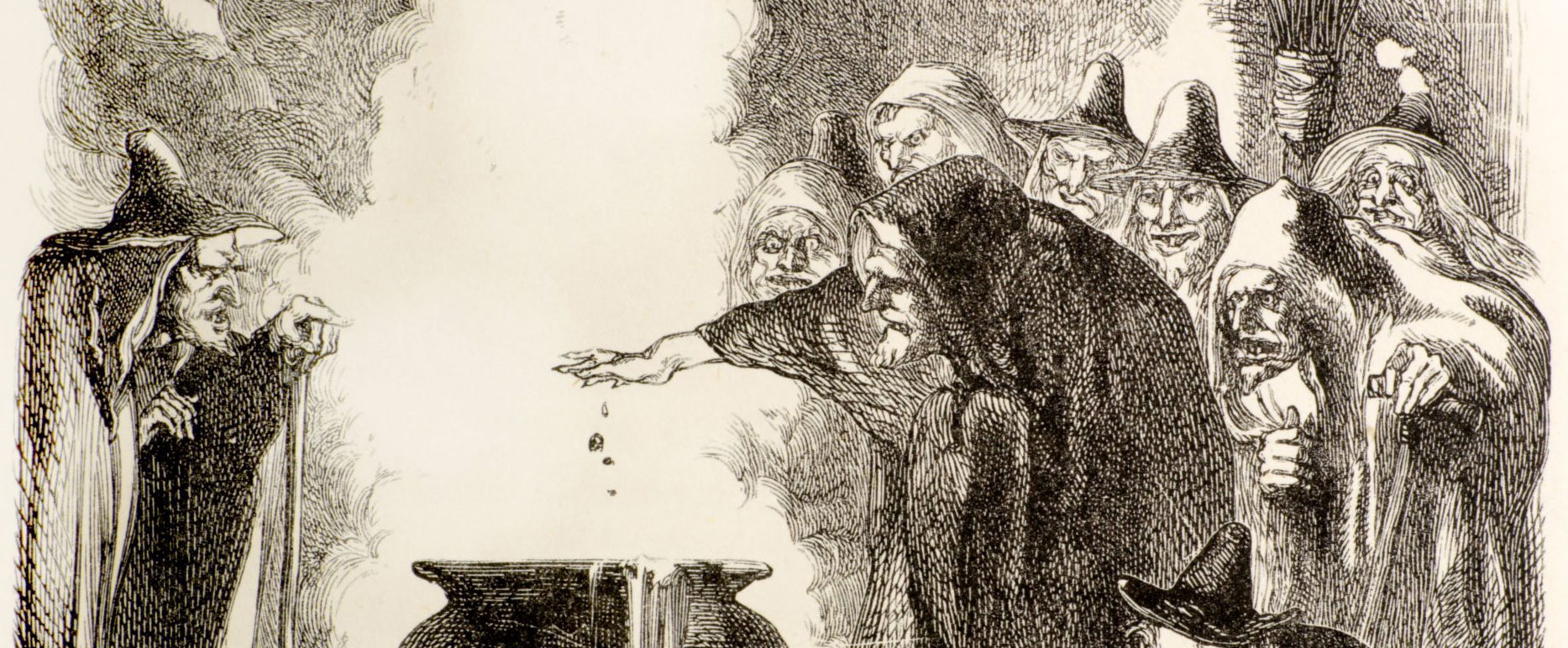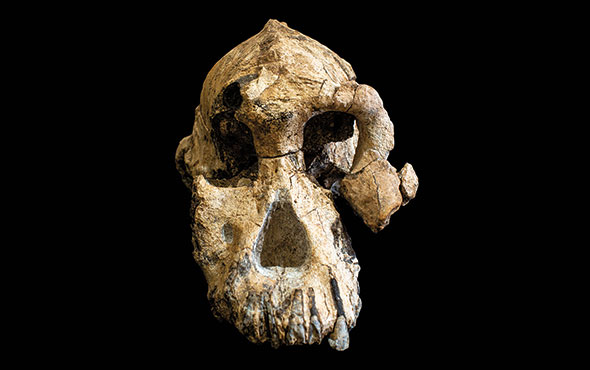
COPENHAGEN, DENMARK—According to a BBC News report, researchers have extracted a complete human genome from some birch pitch that was chewed like a piece of gum some 5,700 years ago on Denmark’s island of Lolland. The lump may have been chewed to make it more malleable to use as glue, or to relieve a toothache. Analysis of the genetic material indicates the chewer was a woman likely to have had dark skin, dark hair, and blue eyes, who was more closely related to hunter-gatherers in mainland Europe than those living in central Scandinavia. Plant and animal DNA recovered from the gum suggest she ate hazelnuts and mallard duck. Hannes Schroeder of the University of Copenhagen said DNA from oral microbes was also retrieved from the pitch. The pathogens include those that cause glandular fever, pneumonia, in addition to other viruses and bacteria usually found in the mouth. “To be able to recover these types of ancient pathogen genomes from material like this is quite exciting because we can study how they evolved and how they are different to strains that are present nowadays,” Schroeder said. To read what DNA extracted from a clay pipestem revealed about the identity of its owner, go to "History in the DNA."











